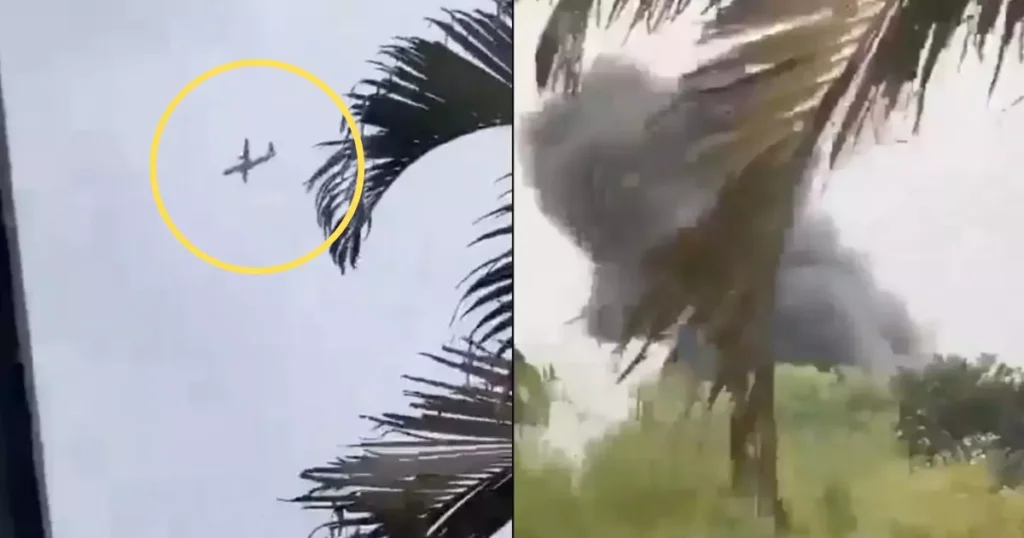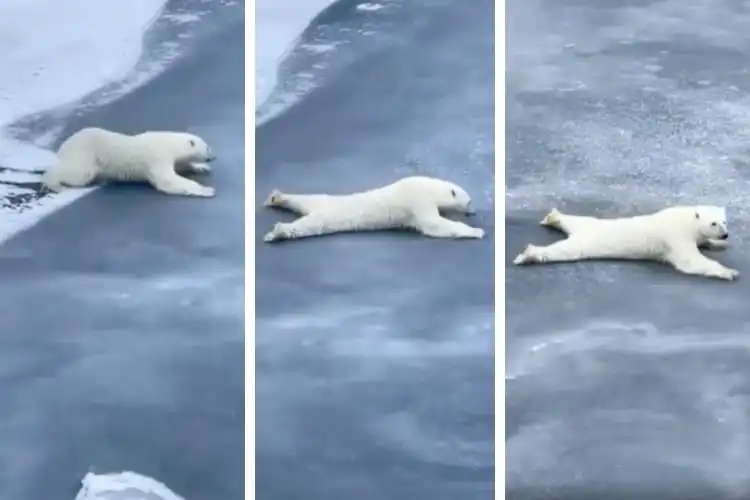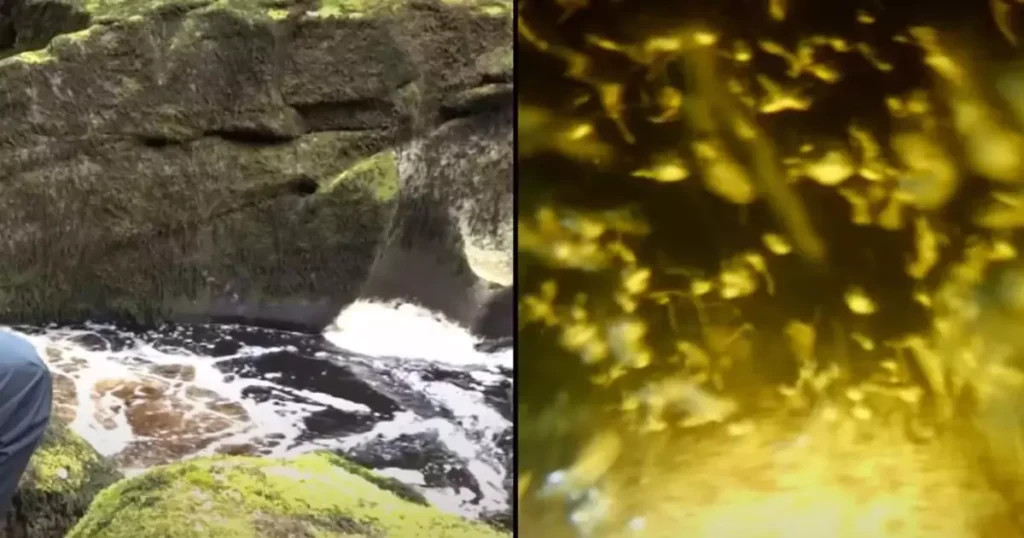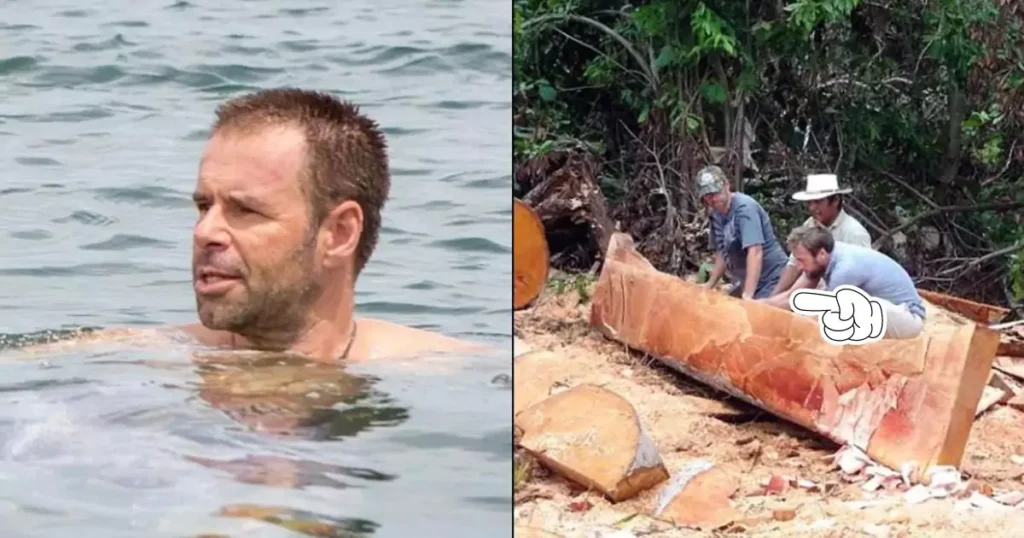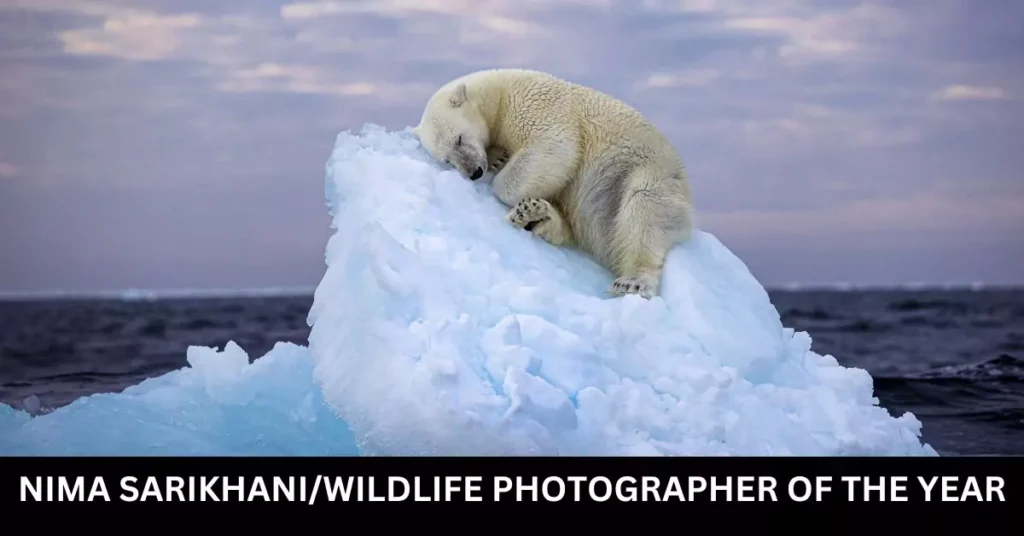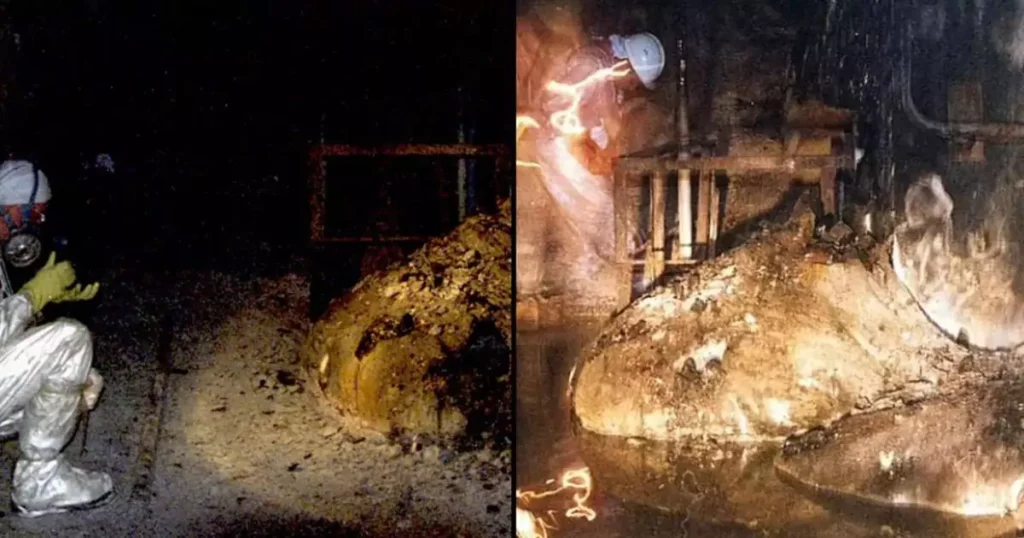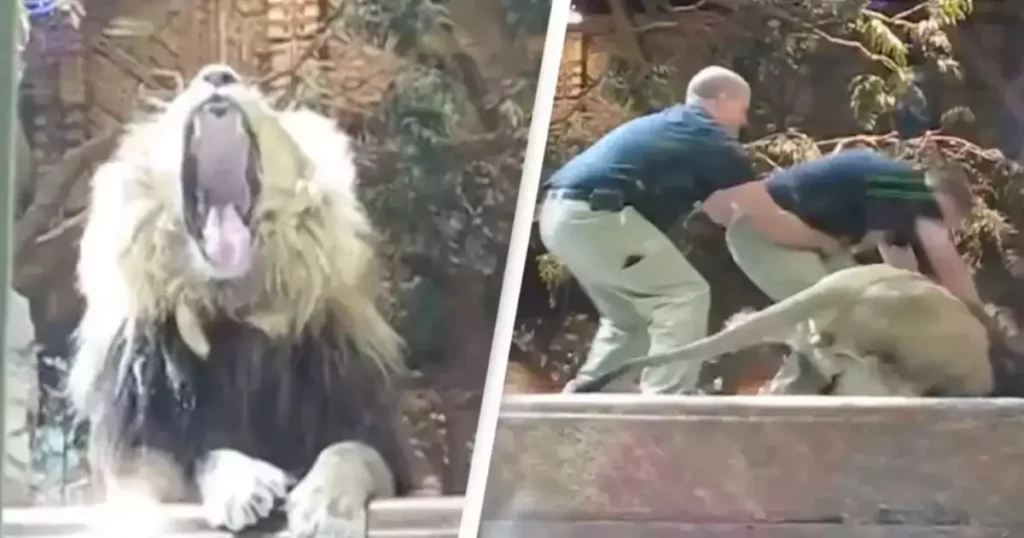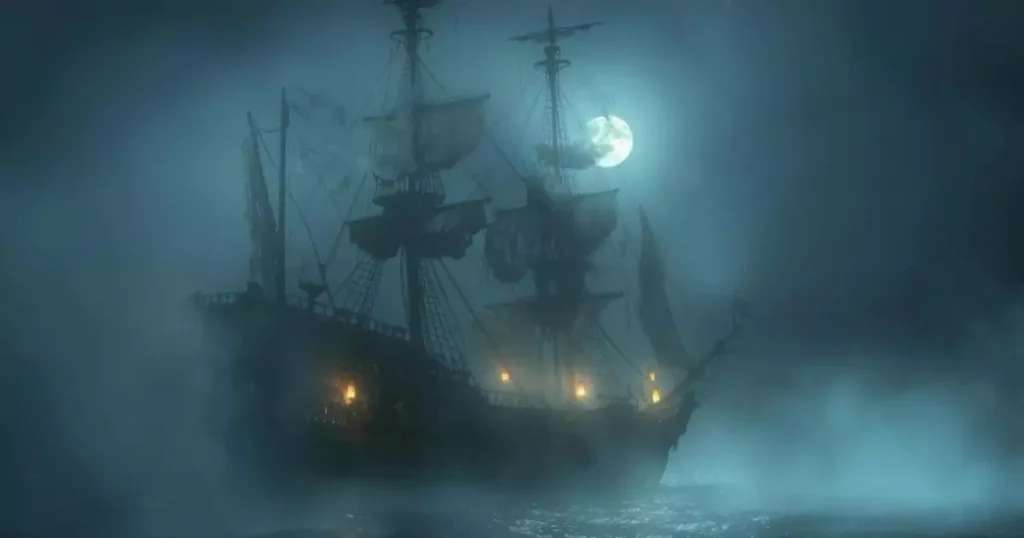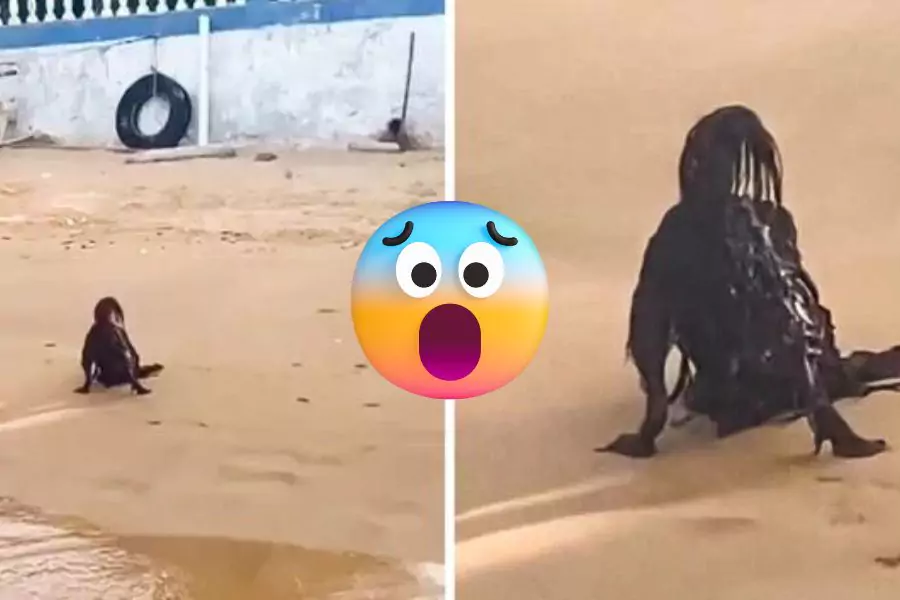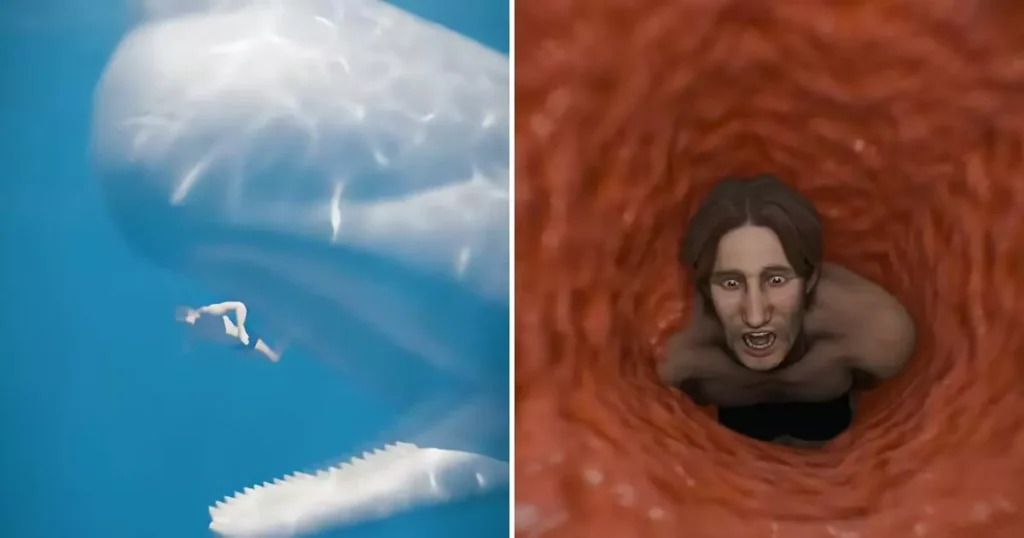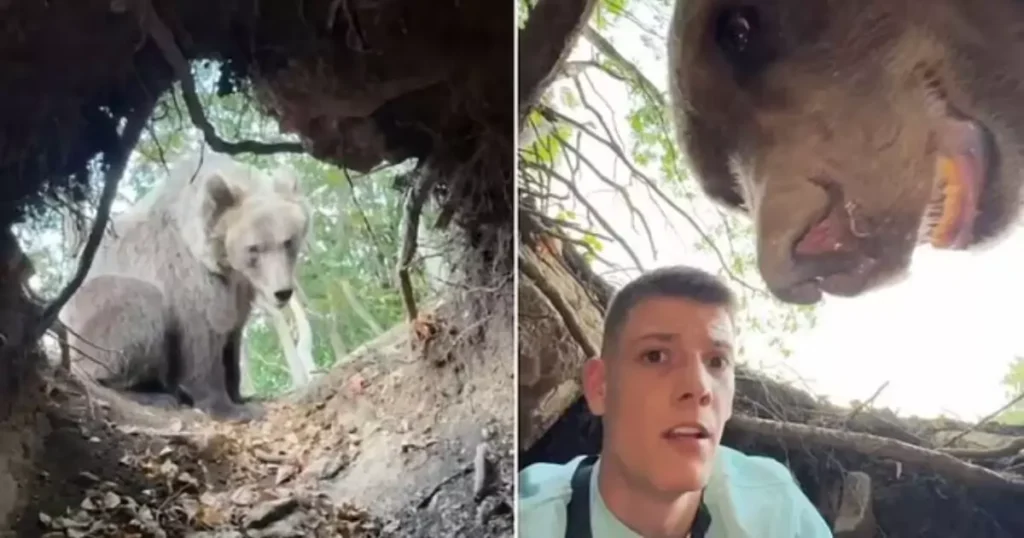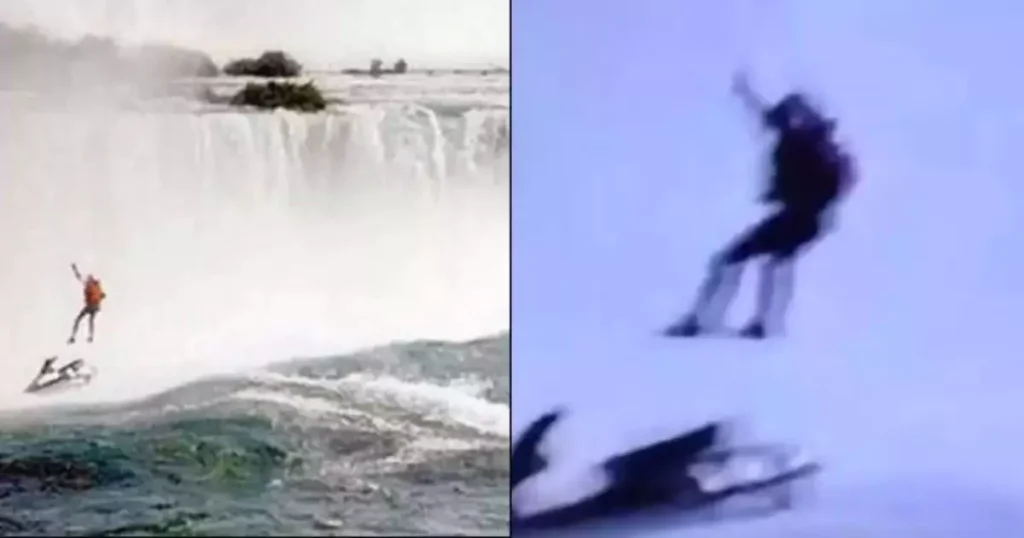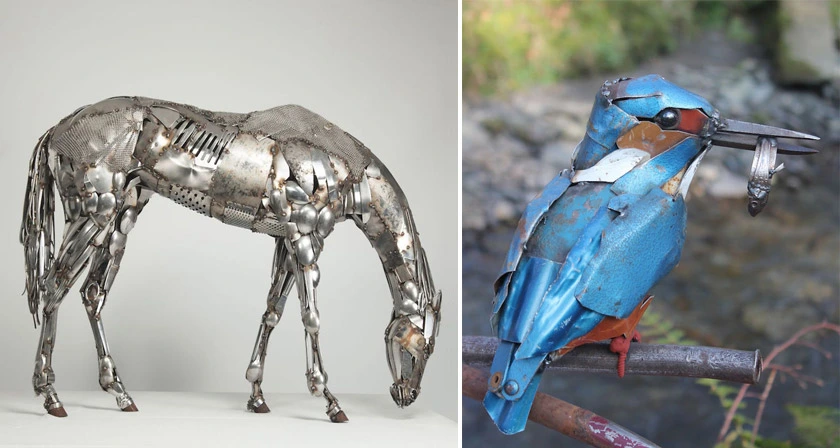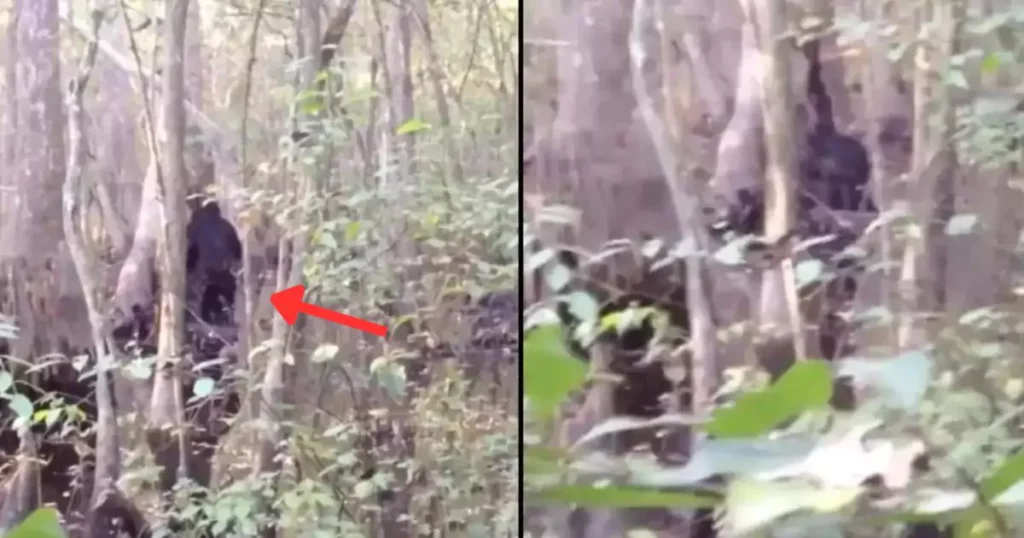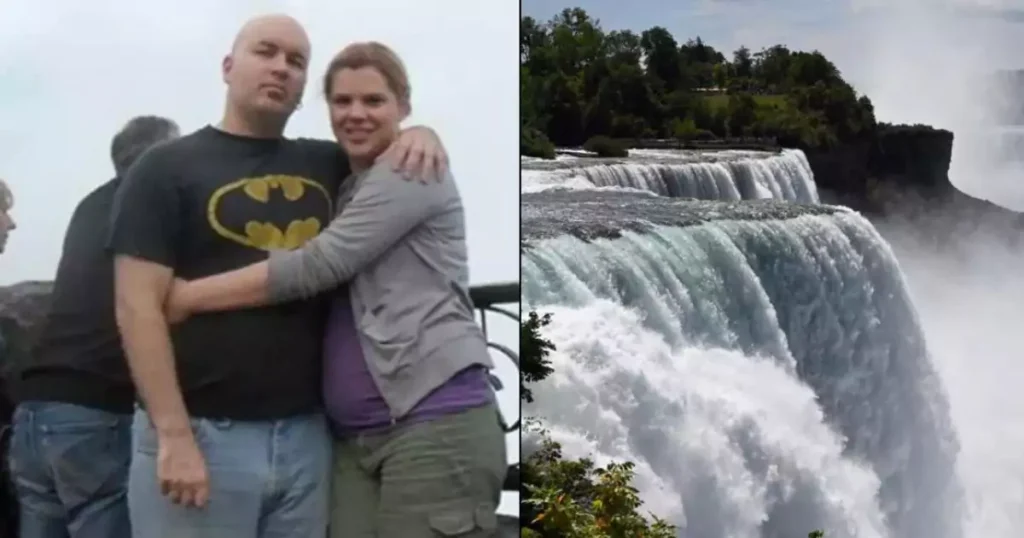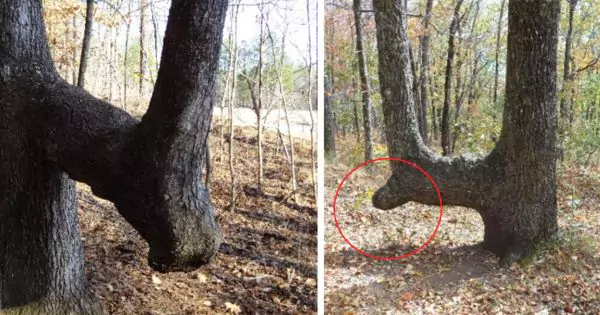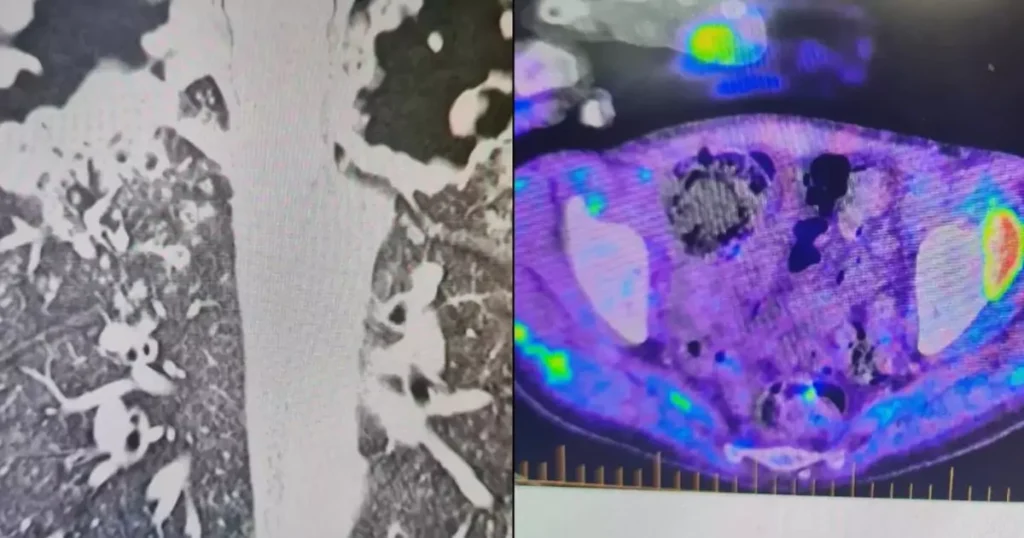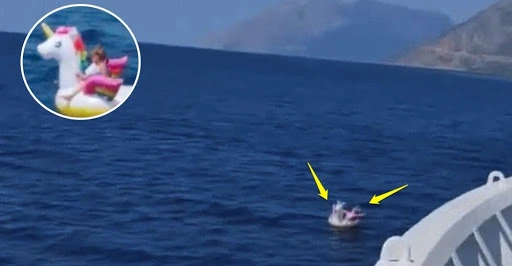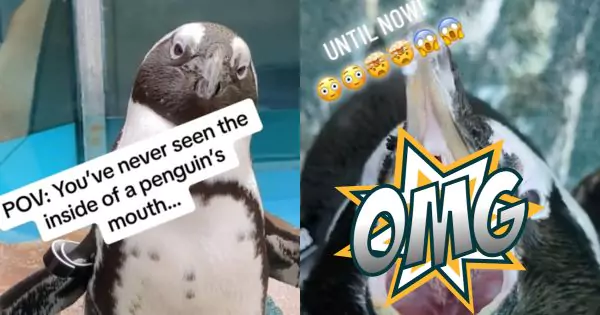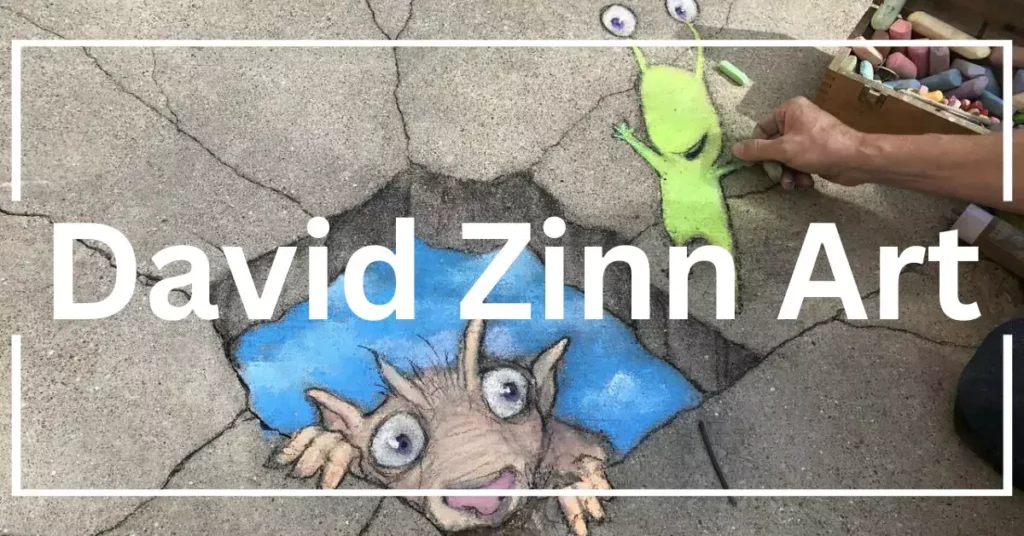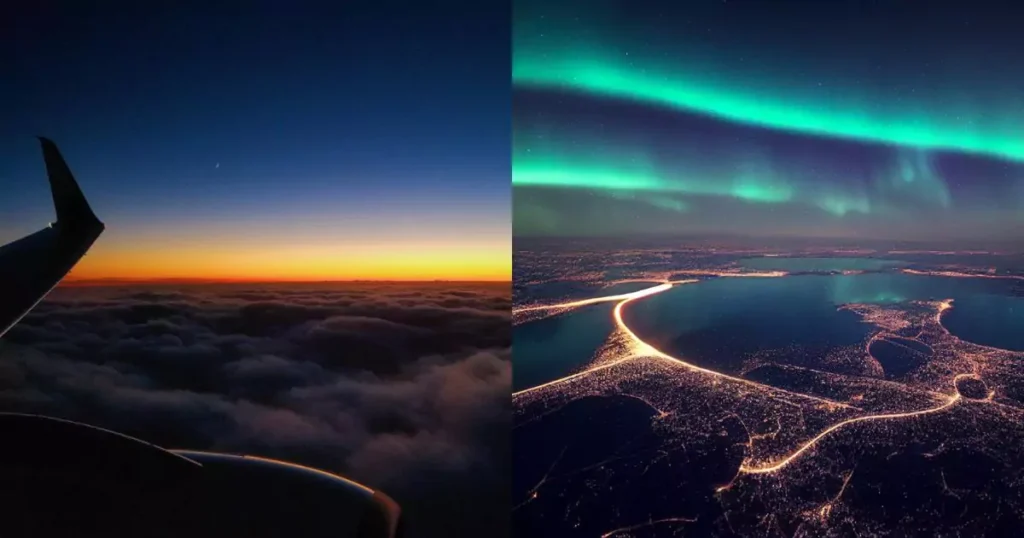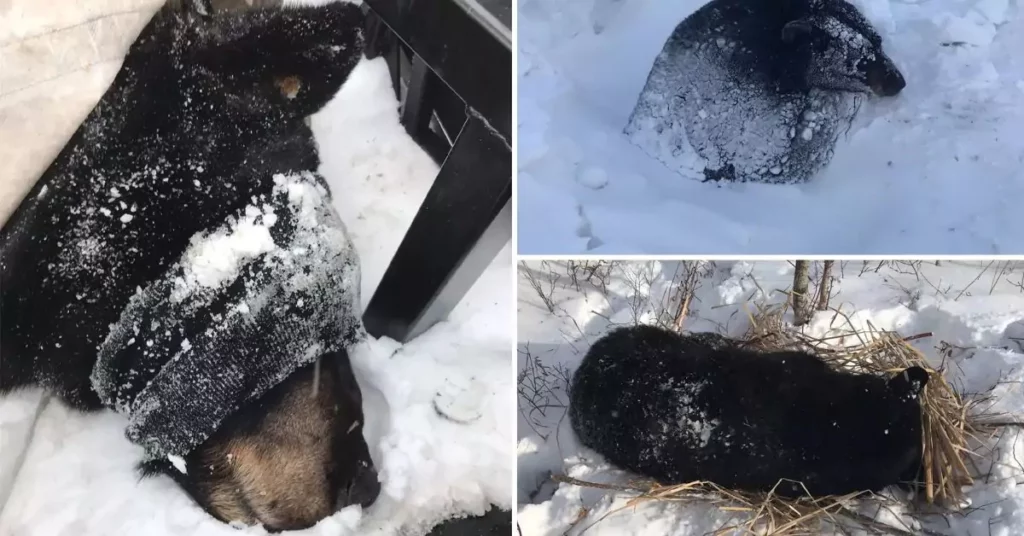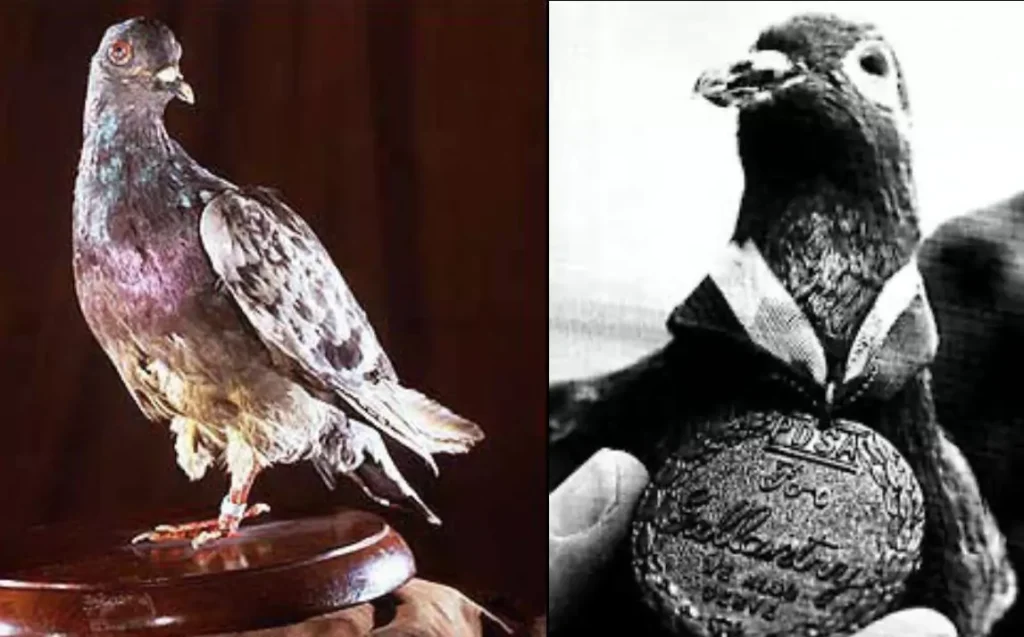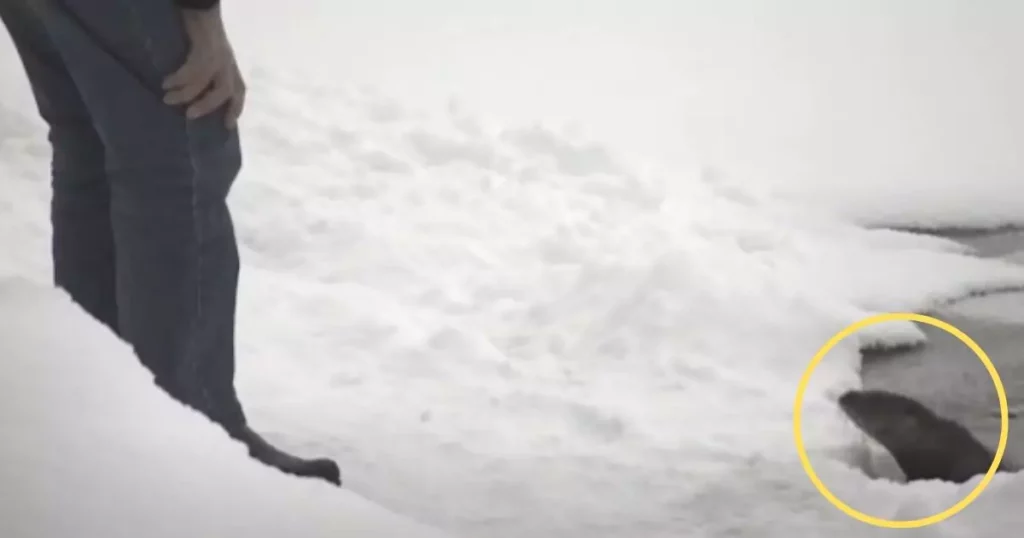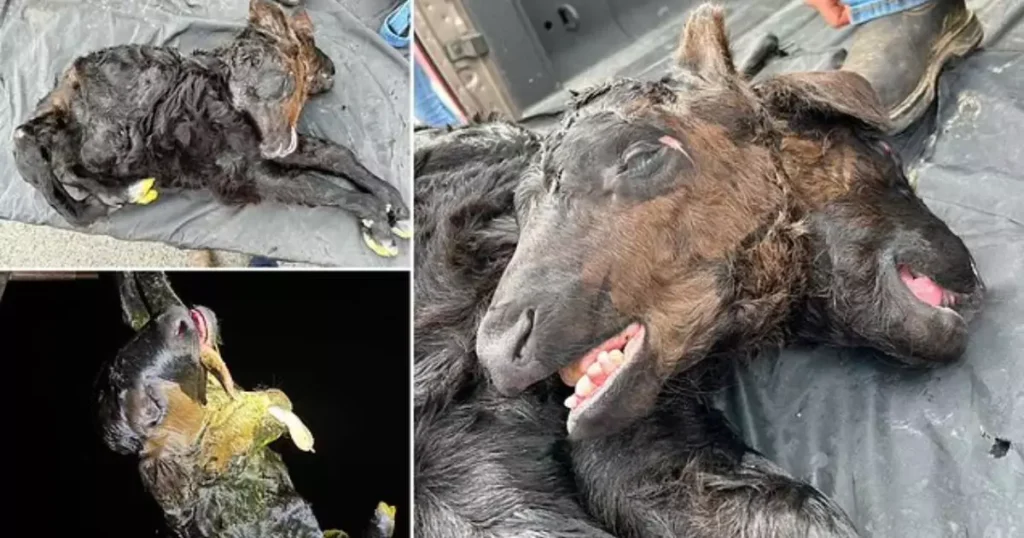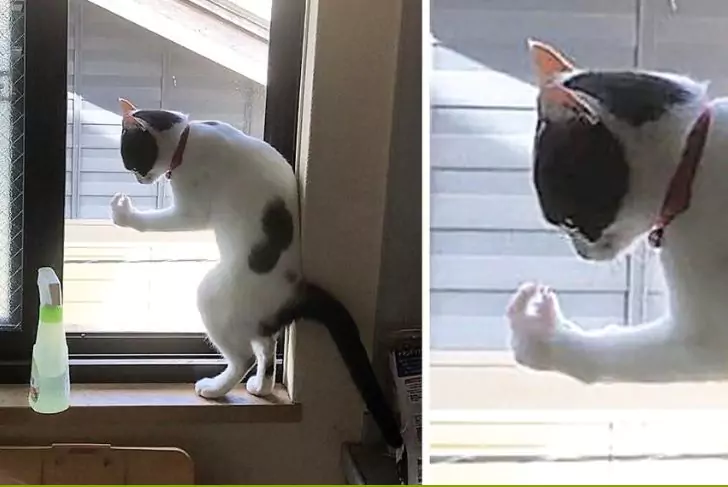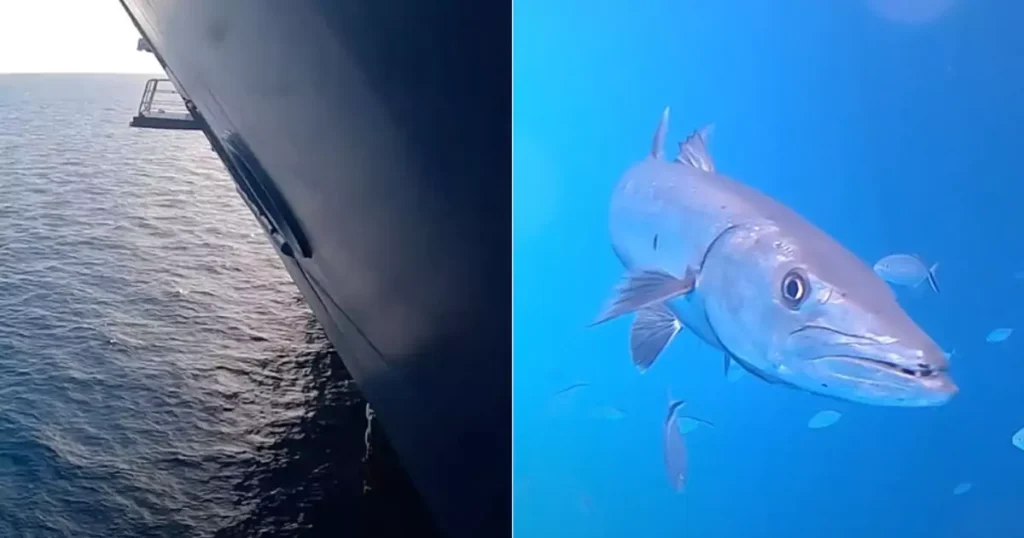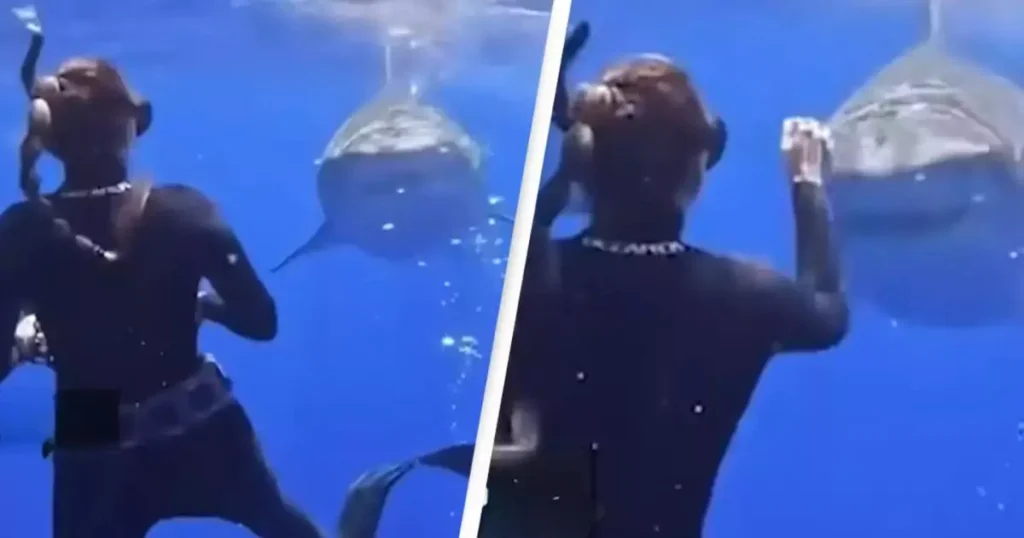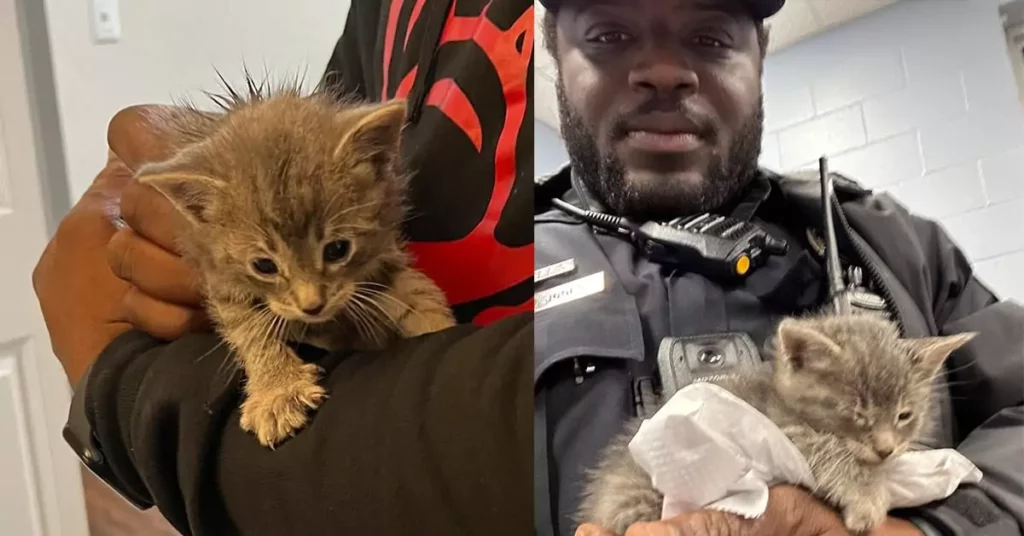
Imagine staring at a picture, squinting, and straining your eyes, yet still unable to find what you’re looking for. This isn’t just any ordinary picture; it’s a photograph that has left people around the world baffled and, quite frankly, questioning their own eyesight. The challenge? Finding a snow leopard expertly camouflaged against a rugged backdrop of snow and rocks.
This seemingly impossible task has driven many to the brink of frustration, ready to hurl their phones in exasperation. But the real question is, why is this particular snow leopard so hard to spot?
Nature’s Master of Disguise
Camouflage in the animal kingdom is a remarkable adaptation. At first glance, the concept of camouflage may seem like a simple case of matching colors to the surrounding environment. However, when you see animals in their natural habitat, this adaptation becomes a mesmerizing demonstration of survival. The snow leopard, with its thick fur and muted color palette, is a prime example of this phenomenon.
This elusive big cat, native to the mountainous regions of Central and South Asia, has developed a coat that blends seamlessly with its rocky, snow-dusted surroundings. The result is an almost ghostly presence that makes spotting this predator a near-impossible feat—even for the sharpest eyes.
In the image in question, the snow leopard is hidden so effectively that even after minutes of scrutiny, many viewers still fail to detect it. The cat’s fur mimics the gray and white hues of the rocky outcrop, merging so perfectly with the landscape that the leopard seems to vanish into thin air. It’s only after several frustrated attempts that most people finally spot the feline, often with a sense of relief and disbelief. The leopard is hidden somewhere in this photo. (Saurabh Desai Photography)
The Art of Camouflage
The camouflage of the snow leopard is more than just an aesthetic marvel; it’s a critical survival tool. In the harsh, unforgiving environment of the mountains, being able to blend in with the surroundings is essential for both hunting and avoiding detection. The snow leopard’s prey, often nimble mountain goats and sheep, are keenly aware of the dangers that lurk in the shadows. If the leopard were easily spotted, its chances of a successful hunt would diminish significantly.
But snow leopards aren’t the only big cats that have perfected the art of camouflage. Take, for example, the tiger. Its striking stripes, which might seem like they would stand out, actually serve to break up the outline of its body, allowing it to blend into the dappled light of the jungle. This makes it nearly invisible to its prey until it’s too late.
Back to the snow leopard—if you haven’t found it yet, don’t worry. You’re not alone. This image has stumped thousands, proving just how effective nature’s camouflage can be. If you’re ready to give up, don’t worry—scroll down a bit, and you’ll finally see the elusive cat.
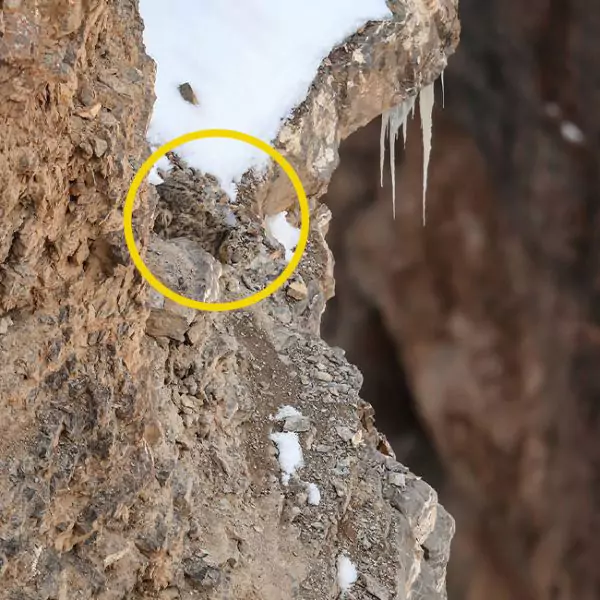
Other Masters of Camouflage
Camouflage isn’t limited to the land; the ocean, too, is home to creatures that have mastered the art of blending in. Take the Hatchetfish, for instance. This small, unassuming fish lives in the deep, dark waters of the ocean’s twilight zone, where light is scarce. The Hatchetfish has a unique adaptation: its sides are highly reflective, almost like a polished mirror. In the dim light of the deep sea, this reflective quality makes the fish nearly invisible from the side, as it reflects the surrounding water and light, making it indistinguishable from its environment.
But the Hatchetfish’s camouflage doesn’t stop there. In a clever twist, these fish have light-producing cells on their bellies that mimic the faint light coming from above. This bioluminescence breaks up the fish’s silhouette, making it nearly impossible for predators lurking below to detect them.
Other marine creatures take a different approach. Some species of squid, for example, have evolved to become almost entirely transparent. By eliminating any visible body structure, these squid can virtually disappear in the water, evading predators with ease.
Why We’re Fascinated by Camouflage
What is it about camouflage that captivates us? Perhaps it’s the challenge, the thrill of discovering something hidden in plain sight. It’s like a game of hide-and-seek with nature, where the stakes are high, and the rules are simple: adapt or perish. For the animals that have developed these incredible adaptations, camouflage is a matter of life and death. For us, it’s a reminder of the incredible diversity and ingenuity of life on Earth.
But beyond the practical applications, there’s something almost magical about the way these creatures can disappear into their surroundings. It challenges our perception, forces us to look closer, and teaches us that things are not always as they seem.
A Test of Patience and Perception
The photo of the snow leopard is more than just a fun challenge; it’s a testament to the wonders of the natural world. It reminds us that in nature, survival often hinges on the ability to remain unseen. Whether it’s a snow leopard blending into the mountains or a Hatchetfish vanishing into the deep sea, camouflage is one of the most fascinating and effective strategies in the animal kingdom.
So, the next time you find yourself squinting at a picture, trying to spot the hidden animal, remember that you’re witnessing one of nature’s greatest tricks. And if you’re still struggling to find that snow leopard—don’t worry, it’s in there. Just keep looking, and you’ll eventually see it, lurking in plain sight, a ghostly figure in the landscape, waiting for the perfect moment to strike.

